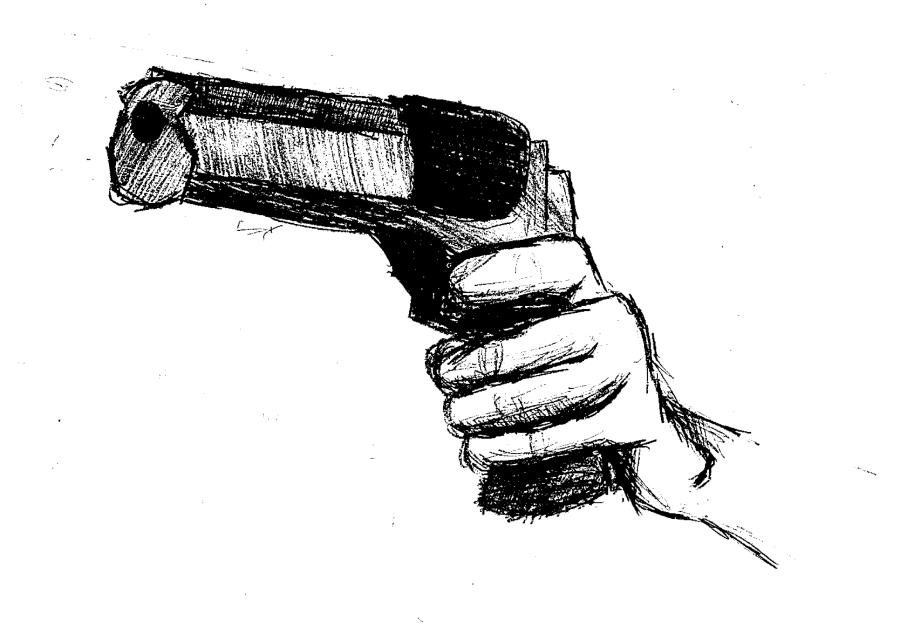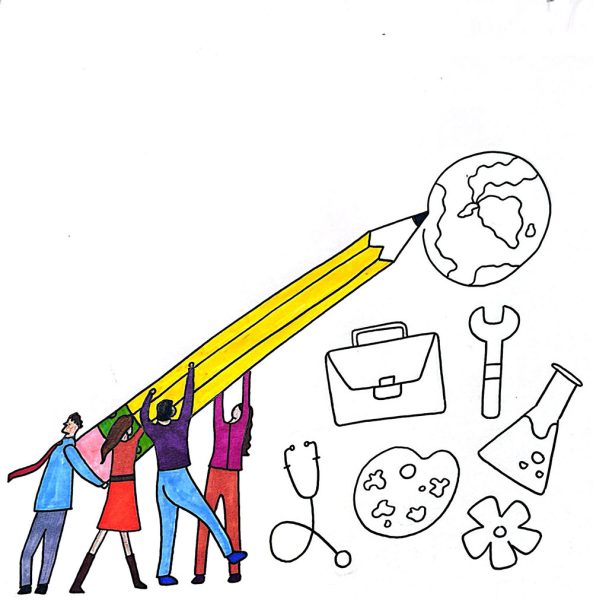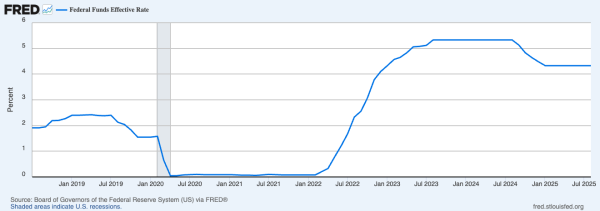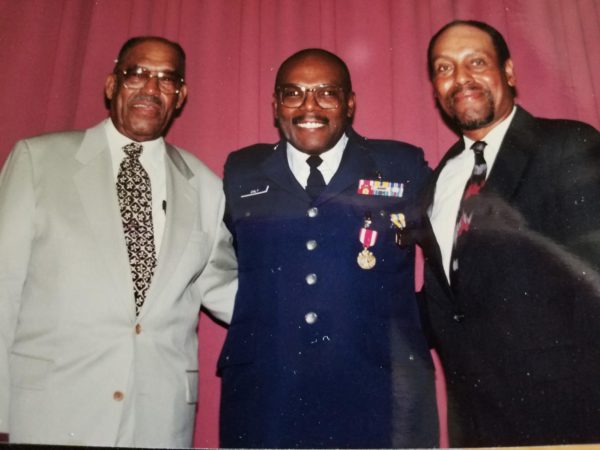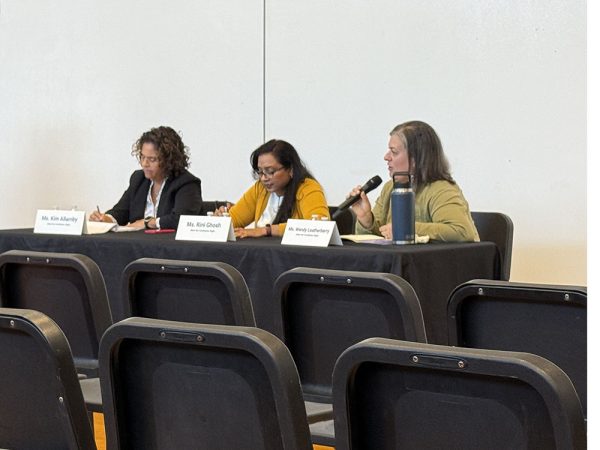Addressing the Tension Between Police and Minority Communities
Beachcomber writers square off
On Aug. 9th, 18-year-old Michael Brown was killed by Officer Darren Wilson in Ferguson, Missouri. Accounts of what happened differ. Several eye witnesses claiming that Brown was surrendering with his hands up when he was shot. However, Wilson’s own account states that Brown was provoking the officer and running towards him.
A case was brought against Wilson by Brown’s family, but a grand jury ruled in November that there was insufficient evidence to indict Wilson. He won’t face trial. The decision sparked outrage, fueling the belief that not only are the police killing innocent civilians, but prosecutors are failing to hold anyone accountable and to pursue justice. This wasn’t the first time an event like this occurred, nor was it the last.
Now there is a nationwide focus on the tension between minority groups and police officers, specifically about alleged brutality and a lack of justice.
Throughout American history, African-Americans have been disproportionately hurt by the law. Despite comprising only 13% of the population, blacks account for 37% of all prison inmates in the US, according to The Bureau of Federal Prisons. Policies in large cities, such as New York’s “Stop and Frisk” program, are often used to directly target minority groups, The New York Civil Liberties Union found.
Given this, the political question to define 2014 is “How do we explain and resolve the conflict between underrepresented minorities and powerful authorities of the law?”
Read Maya Gaines-Smith’s opinion here: Deprived of Due Process
Read Susan Eiben’s opinion here: A Two-Sided Societal Bias



